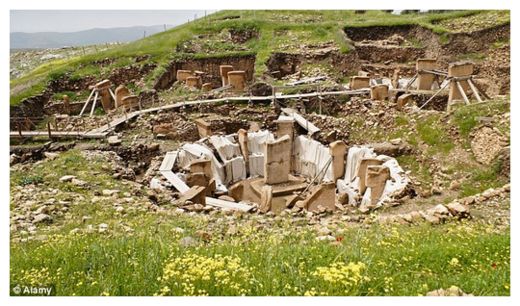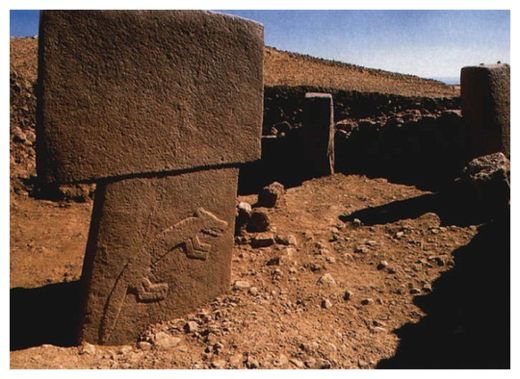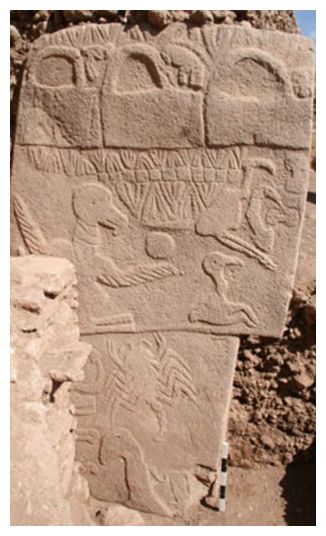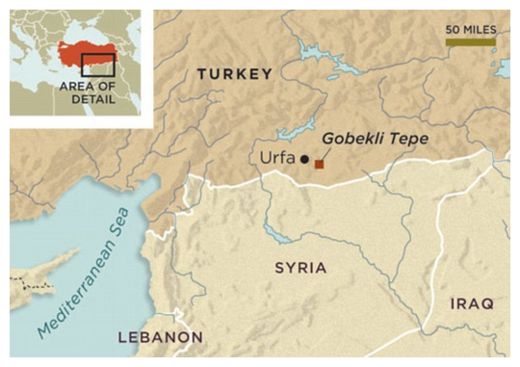Piles of Ancient Rubbish Could Prove Incredible Temple That's 6,500 Years Older Than Stonehenge was Actually a House
But a scientist has claimed that the Gobekli Tepe stones in Turkey, built in 9,000 BC and 6,500 years older than Stonehenge, could instead be a giant home 'built for men not gods'.
Ted Banning, a professor at the University of Toronto, has branded it 'one of the world's biggest garbage dumps,' with piles of animal bones, tools and charcoal found there proving that it was an ancient home rather than a religious site.

© Alamy
Ancient: Much of the 11,000 year-old site is still yet to be explored and it has even been considered the place of the Garden of Eden.
Ancient: Much of the 11,000 year-old site is still yet to be explored and it has even been considered the place of the Garden of Eden.
Remarkably it was deliberately buried under thousands of tonnes of soil and only a small amount of the 20-acre area has been excavated since its discovery.
The incredible site was put up long before humans mastered language or skills like pottery or metal work, making it one of the true wonders of the world pre-dating any previously discovered religious site by 1,000 years.

© The Daily Mail
Giant: The stones of Gobekli Tepe are huge and are generally thought to form part of the world's oldest religious site.
Giant: The stones of Gobekli Tepe are huge and are generally thought to form part of the world's oldest religious site.
Professor Banning has shaken up the theory behind its construction, not questioning its age, but saying that rubbish surrounding the intricately carved giant stones, which are up to five metres high and weigh 16 tonnes, prove it was a settlement.
It is possible that a giant roof could have been placed on top of the giant pillars, which are engraved with snakes, scorpions, foxes, and other animals.
To date, around 45 of these stones have been dug out - they are arranged in circles from five to ten yards across.

© The Daily Mail
Remarkable: The intricate carvings were done by humans who had not mastered language or other basic skills.
Remarkable: The intricate carvings were done by humans who had not mastered language or other basic skills.
'The presence of this evidence suggests that the site was not, after all, devoid of residential occupation, but likely had quite a large population.'
Professor Banning has put forward his vision in a a new paper in Current Anthropology, but it has been met with disbelief by other academics.
German Klaus Schmidt, who helped develop theory on Gobekli Tepe's use, says he will debunk the the new theory in a paper he will now write.
'I don't agree with his ideas, however, I welcome any competing explanations,' he said.
It has been considered a potential site for the Garden of Eden.
Experts also say biblical Eden is by four rivers, including the Tigris and Euphrates and the stones lie between both of these.
And in ancient Assyrian texts, there is mention of a 'Beth Eden' - a house of Eden. This minor kingdom was 50 miles from Gobekli Tepe.

© The Daily Mail









No comments